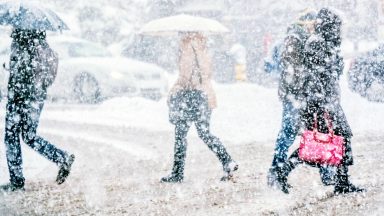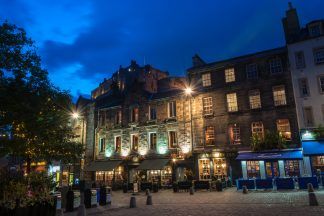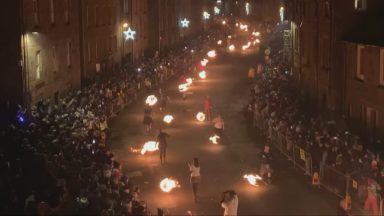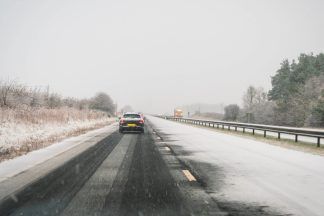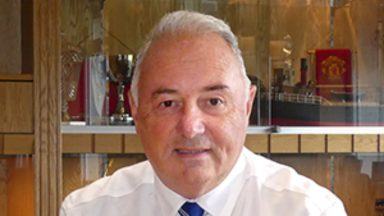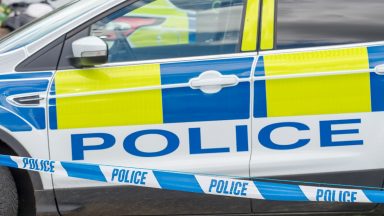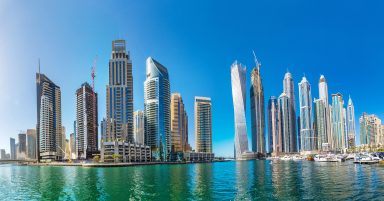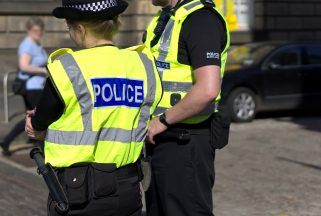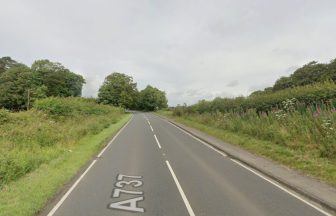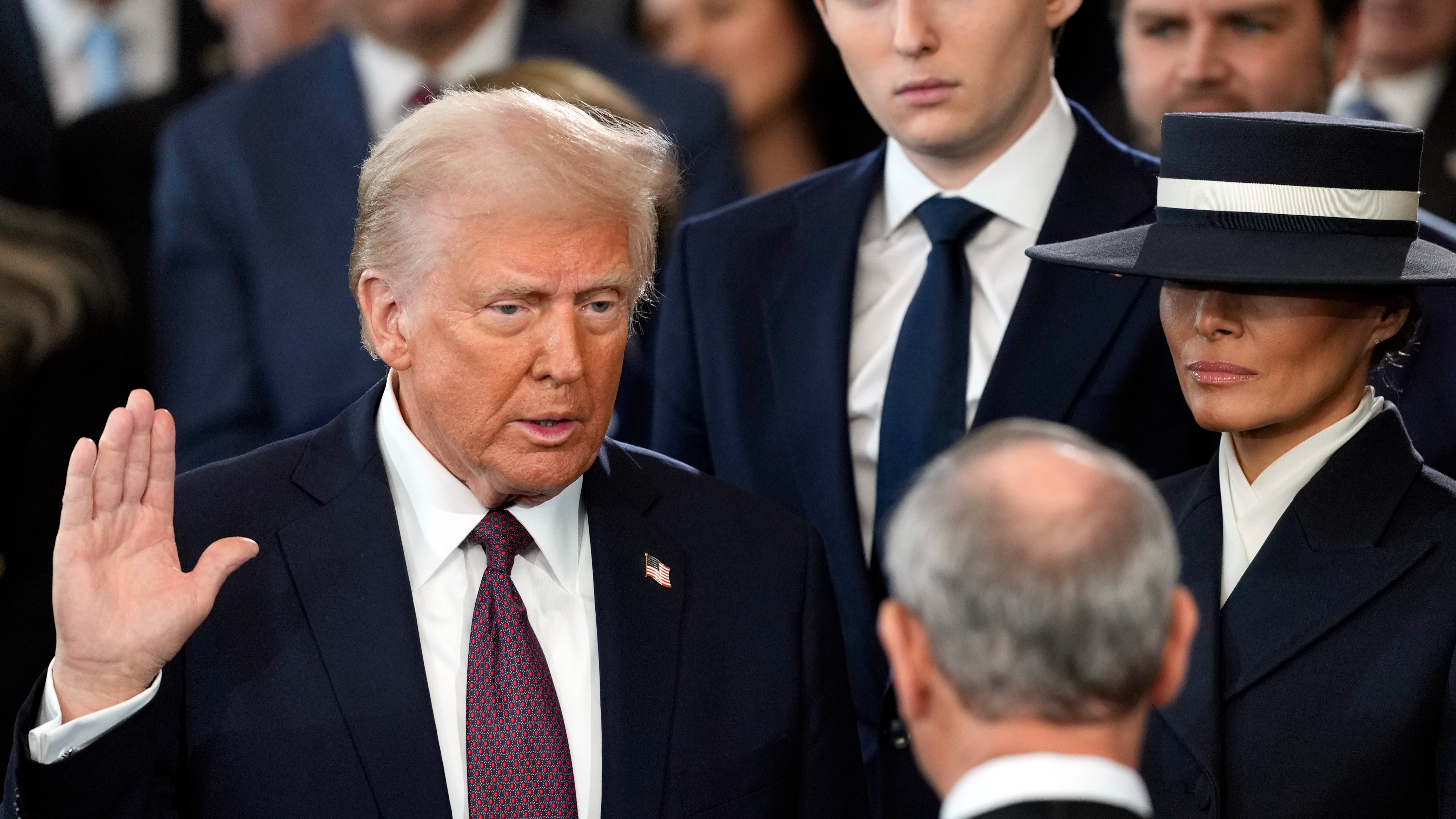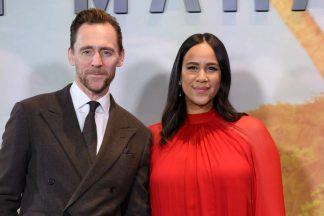Lighting for city parks is to be investigated by the council after concerns were raised over the safety of people using them after dark.
Glasgow City Council has committed to look into providing sensitive lighting solutions which consider both equality and climate impacts.
The issue came to the fore during COP26, when local residents were forced to walk through Kelvingrove Park late at night due to a police diversion.
Campaigners called for lighting in parks, but the council said they don’t encourage people to use parks at night, partly because lights would disrupt nocturnal wildlife.
However, Cllr Jill Brown, Labour, has now secured support for a motion which called for a report on the “necessary infrastructure to provide sensitive lighting solutions in our parks”.
Speaking at a full council meeting, she said Glasgow would be dark by 3.44pm today, when the council meeting would be “far from over” and workers “far from the end of their working day”.
“Glasgow does not have accessible spaces in our city for every woman, child and man after dark,” she added.
The councillor said the council must not “shy away” from making changes to our parks “which particularly help women and children to feel safe after dark”.
“As Rape Crisis Scotland has said, it is really important to be clear that we should be able to go where we want to go.”
Cllr Brown said the impact on wildlife must be recognised, but these “are not either/or questions”.
“We know that solutions are out there, this has been done in cities across the world.”
Her colleague Eva Murray, the Labour group’s deputy leader, said: “How can we be that proud Dear Green Place when our parks are not safe or accessible?
“This cannot become a people’s safety versus climate change or biodiversity debate, both issues are far too important.”
Cllr Brown accepted an amendment to her motion from the SNP, and Cllr Jen Layden, recently named the party’s women’s convener, said: “We cannot discuss this without the wider societal pandemic of gender-based violence.”
She added: “The reality is women and girls are at fear from being attacked in a variety of different settings and public spaces.
“What has to underpin this campaign is stopping all forms of violence against women and girls.”
She commended the work of women’s organisations and highlighted research from Young Women’s Led on feminist town planning.
Cllr Layden said: “There have been ongoing discussions with officers about how we respond as a city. I want to see more work on how feminist urban planning is mainstreamed into our council policies.”
Cllr Kim Long, of the Green group, had initially presented an amendment to the motion but withdrew it to avoid division on the issue.
She said her group felt the “immediate priority” should be having street lights that work, and there were “multiple challenges” to lighting up parks.
“There is not an easy answer,” she said, adding the climate and ecological emergency means the council cannot be “cavalier” in places which have primarily been for nature.
Cllr Mhairi Hunter, SNP, said a “one size fits all” approach wouldn’t work, recalling her own experiences from around 2013 when a campaign was launched to light up Queen’s Park.
She said she had “strongly supported” the idea, but it was “more complex than it seemed”.
“The police raised concerns that this could provide women with a false sense of security,” she said. “In their view making the park safe could not just entail lighting paths, it would also have entailed removing any nearby foliage in which predators could conceal themselves.”
By local democracy reporter Drew Sandelands
Follow STV News on WhatsApp
Scan the QR code on your mobile device for all the latest news from around the country


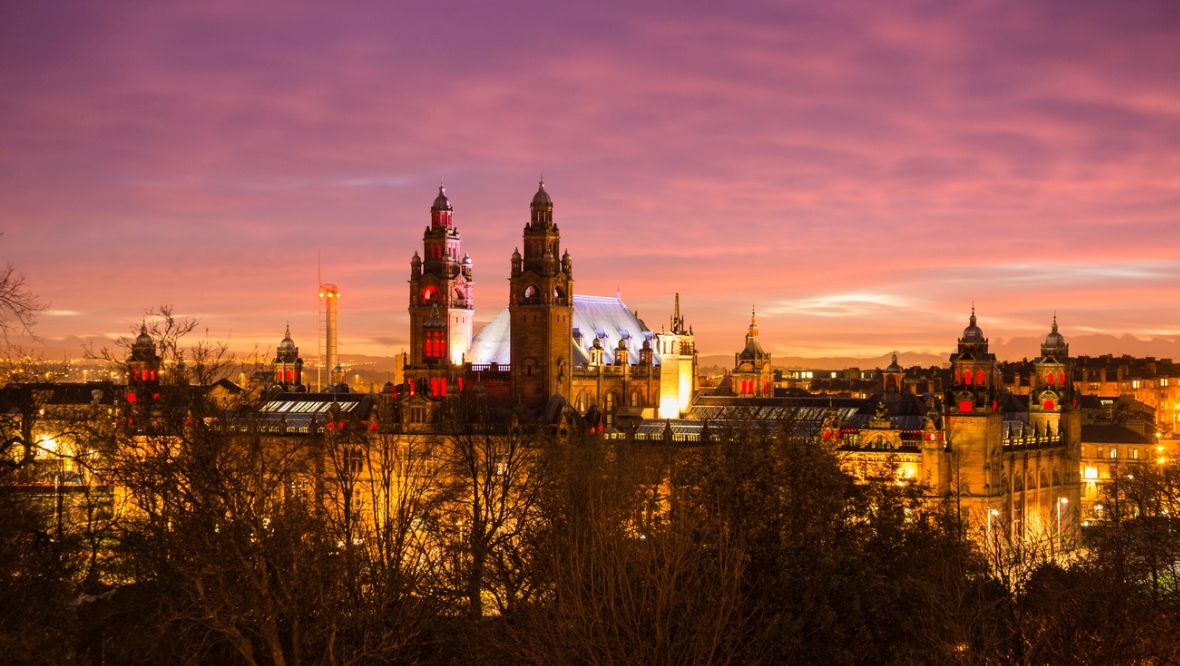 iStock
iStock

